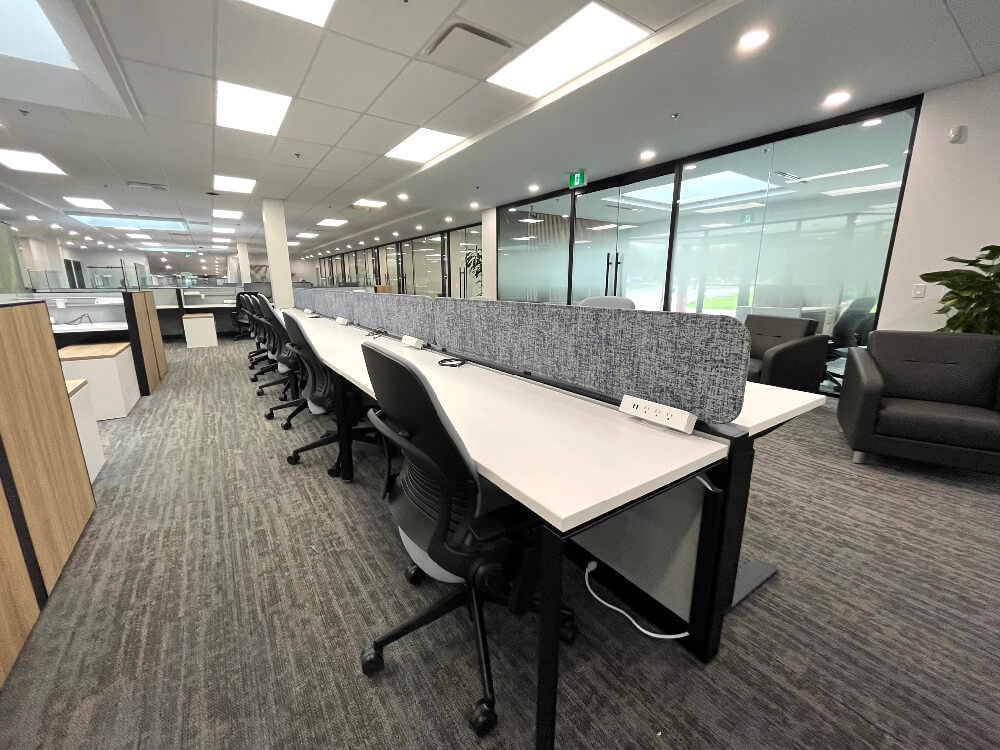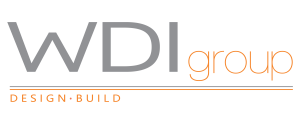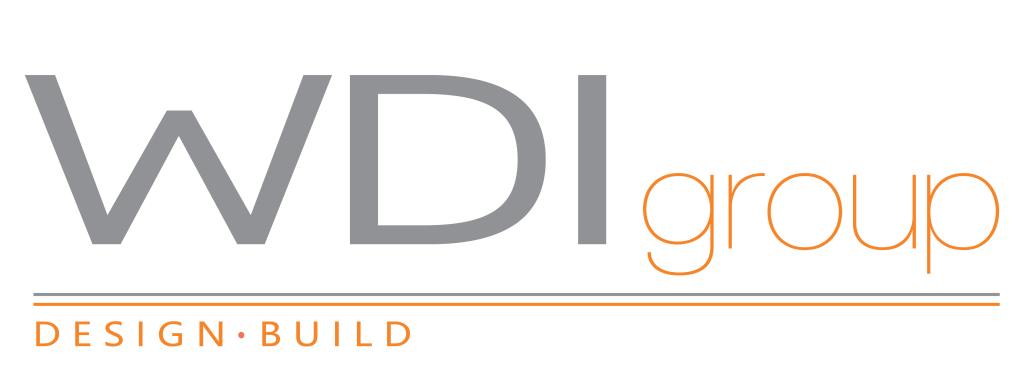What is an Agile Workplace? A Guide to Agile Workplace Design in the Modern Era
As businesses navigate the new era of work, the traditional office is evolving. Enter the agile workplace—a flexible, human-centered design model that supports collaboration, adaptability, and productivity. But what is an agile workplace, really? And how can companies implement it to meet the demands of modern employees and rapidly shifting business needs?
In this comprehensive guide, we’ll break down everything you need to know about agile workspaces: from core principles to design strategies and real-world benefits. Whether you’re a business owner, office manager, or workplace strategist, understanding agile workplace design could be the key to transforming your company culture and performance.
What is an Agile Workplace?
An agile workplace is a work environment designed to promote flexibility, speed, and responsiveness. Inspired by agile project management principles, this workplace model allows employees to choose how, when, and where they work—without being confined to a specific desk or rigid schedule.
In contrast to traditional office setups, agile workplaces are dynamic. They incorporate a variety of spaces—open collaboration zones, quiet focus pods, meeting rooms, lounge areas, and more—to support different work styles and tasks throughout the day.
Key characteristics of an agile workplace include:
Flexible layouts and furniture
Hot-desking or activity-based working
Technology integration for remote and hybrid work
Employee autonomy and choice
Emphasis on collaboration and innovation
Why Agile Workplace Design Matters
The workplace has changed dramatically post-pandemic. Remote work, digital collaboration, and flexible hours have become the norm. In response, companies are rethinking how they use physical office space.
Agile workplace design is the architectural and strategic response to this shift. It goes beyond aesthetics—focusing instead on optimizing space for productivity, engagement, and wellbeing.
The Benefits of Agile Workplace Design:
Improved employee satisfaction: Workers gain more control over their environment, boosting morale and reducing burnout.
Increased collaboration: Purpose-built spaces foster communication, brainstorming, and cross-functional teamwork.
Higher space efficiency: By moving away from assigned desks, companies can reduce real estate costs while offering more useful and engaging environments.
Future-proofing: Agile spaces are adaptable to change, helping businesses stay resilient in uncertain times.
The Core Elements of Agile Workplace Design
To create a truly agile workplace, companies must rethink not only how space looks, but how it’s used. Here are the core elements of successful agile workplace design:
1. Activity-Based Working (ABW)
One of the cornerstones of agile design, ABW means that employees choose their workspace based on the activity they’re performing. Need to brainstorm? Head to a whiteboard-filled collaboration zone. Deep focus? Use a quiet booth. This encourages movement, autonomy, and efficiency.
2. Flexible Furniture and Layouts
Agile workspaces use modular furniture, movable walls, and adaptable layouts. This allows teams to reconfigure the space based on changing needs or projects, without a full renovation.
3. Technology Integration
From video conferencing tools to smart desks and booking systems, technology is key to supporting hybrid work in agile workplaces. Seamless digital integration ensures that in-office and remote employees can collaborate equally.
4. Zones for Focus and Socialization
Great agile design balances solo work with social interaction. Successful layouts include:
Quiet zones for deep work
Collaborative areas for teamwork
Breakout spaces for informal chats
Wellness zones like nap rooms or relaxation pods
Agile vs. Traditional Workplaces: What’s the Difference?
To really grasp the value of agile workplaces, it helps to compare them with traditional office models.
| Feature | Traditional Workplace | Agile Workplace |
|---|---|---|
| Desk Assignment | Fixed, personal desks | Hot-desking or flexible seating |
| Layout | Static and formal | Modular and changeable |
| Work Style | Location-dependent | Hybrid and mobile |
| Communication | Email-heavy, siloed | Transparent, tech-enabled collaboration |
| Space Use | Often underutilized | Highly efficient and dynamic |
The agile approach embraces change and supports a modern, digitally connected workforce. It’s a direct answer to outdated office norms that no longer serve businesses or employees.
How to Implement Agile Workplace Design in Your Office
Transitioning to an agile workplace doesn’t have to happen all at once. Here’s a step-by-step process to guide the shift:
1. Assess Current Needs and Space Usage
Start by gathering data on how your space is currently used. Use occupancy sensors, surveys, or observational studies to see what’s working—and what’s not.
2. Involve Employees Early
Agile workplace design is about people. Involve your team in the planning process to understand their workflows, preferences, and frustrations. This will also help drive adoption once the space changes.
3. Rezone the Office
Based on employee needs, create a layout that supports various activities:
Focus work
Group meetings
Informal catch-ups
Remote collaboration
Client interactions
4. Introduce Flexible Furniture
Invest in movable, modular furniture that can be easily rearranged for different teams or projects. This adds instant adaptability without requiring constant renovation.
5. Embrace Tech-First Infrastructure
Support your agile workplace with the right tech:
Cloud collaboration tools (Slack, Microsoft Teams, Asana)
Desk booking apps
Video conferencing stations
High-speed Wi-Fi everywhere
6. Train and Support
Agile workplace design is a cultural shift as much as a physical one. Provide training and support to help staff adapt to new systems, layouts, and expectations.
Common Misconceptions About Agile Workplaces
Despite their popularity, agile workspaces are often misunderstood. Let’s clear up a few myths:
Myth #1: Agile means chaos.
Reality: Agile design is structured—just not rigid. It’s about smart zoning and flexibility, not disorder.
Myth #2: Everyone loses their desk.
Reality: Not necessarily. Agile workplaces often use a mix of assigned and flexible seating, depending on roles and company culture.
Myth #3: It only works for tech companies.
Reality: Agile design benefits all industries—from law firms to creative agencies to nonprofits.
Real-World Examples of Agile Workplace Design in Action
Many companies are leading the way with innovative agile offices:
Unispace uses Agile workflows like virtual Kanban boards and hybrid collaboration tools to keep on-site and remote teams aligned.
Google designs its campuses with activity zones, outdoor meeting spaces, and wellness-focused features.
PwC has embraced hot-desking and flexible layouts in many of its global offices to encourage collaboration and reduce real estate costs.
These examples show how agile workplace design can be tailored to different industries while delivering measurable results in employee satisfaction and operational efficiency.

Agile Workplaces in a Post-Pandemic World
The COVID-19 pandemic permanently shifted how we think about work. As remote and hybrid models become the norm, agile workplaces must accommodate a blended workforce and increased emphasis on employee well-being.
Design adaptations include:
Touch-free systems and flexible furniture for safe, adaptable environments
Zoom rooms and virtual meeting zones to support distributed teams
Wellness spaces and biophilic design for mental health and focus
Shift-based work and hot-desking to optimize square footage
Organizations that prioritize employee experience and health through design are positioned to attract top talent and retain their teams.
The Future of Agile Workplaces
As hybrid work becomes the norm, agile workplaces will only grow in relevance. Offices are no longer just places to sit at a desk—they’re platforms for connection, innovation, and culture. Agile workplace design supports that evolution by providing the flexibility today’s workforce craves.
Expect to see more offices blending hospitality, smart technology, and human-centric design to create work environments that are as adaptable as the people who use them.
Final Thoughts: Embracing the Agile Workplace Revolution
So, what is an agile workplace? It’s more than just a design trend—it’s a holistic approach to creating work environments that are adaptable, collaborative, and resilient. Through thoughtful agile workplace design, companies can boost productivity, reduce overhead costs, and create a culture of flexibility that attracts and retains top talent.
Whether you’re redesigning a current office or planning a new one, embracing agile design principles will set you up for success in the future of work.
Ready for Your Office Upgrade?
If you’re ready to transform your workplace into a modern, agile environment that supports collaboration, flexibility, and innovation, WDI Group is here to help.
With decades of experience in office design, construction, and furnishing, our team brings a fully integrated approach to every project. Whether you’re starting from scratch or looking to revitalize your existing space, we’ll guide you through every step of the process—from strategy and planning to execution and final finishes.
Reach out to WDI Group today to begin building a future-ready workspace that truly works for your team.

